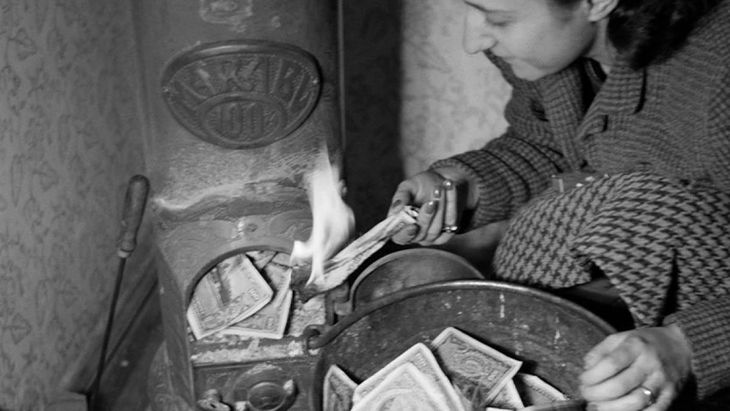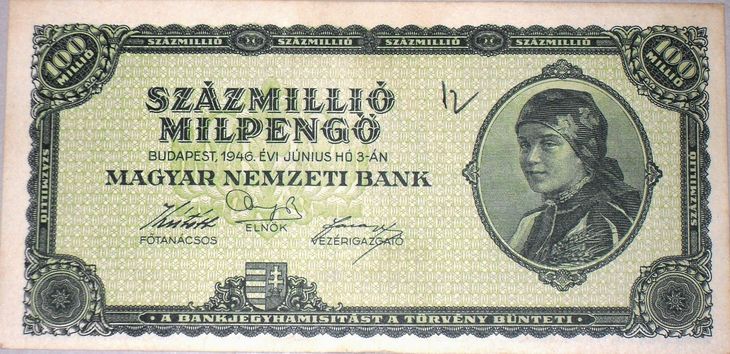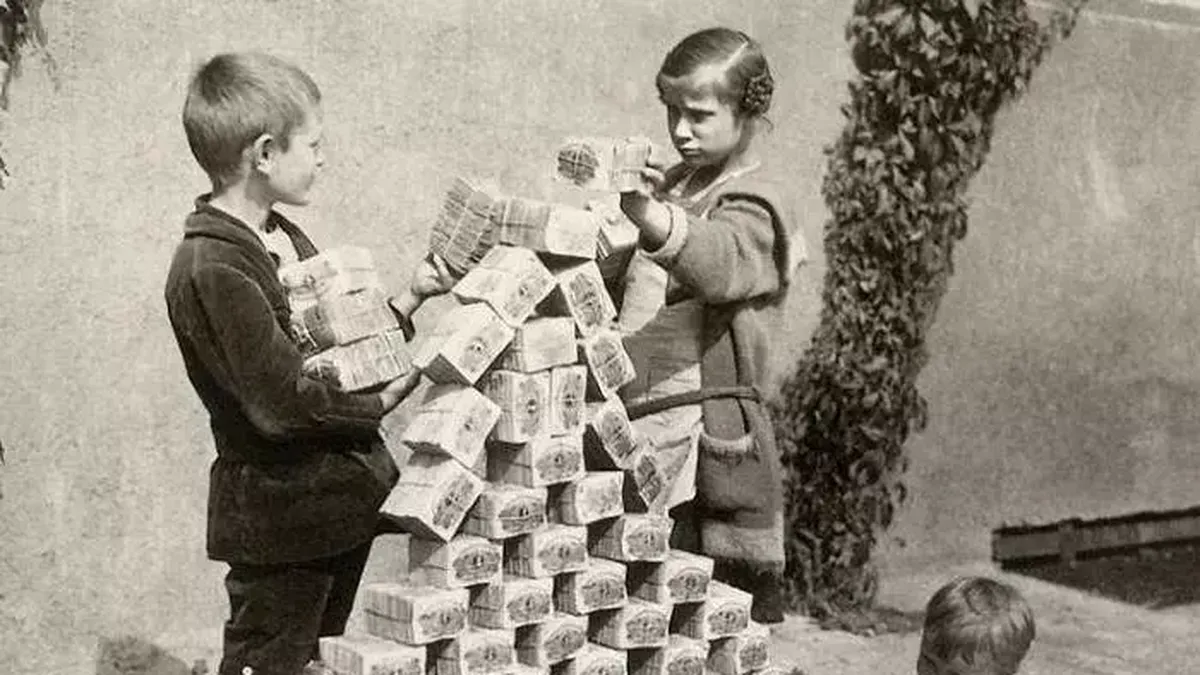Hungary recorded unusual figures and a constant devaluation of his currency. How they reached that point and how it was solved.
41.900.000.000.000.000%. That is the maximum point that reached the Hyperinflation in Hungary in 1946where prices doubled each 15 hours. People only differentiated the bills by colors, and these were weighed when paying, since their value was obsolete.
The content you want to access is exclusive to subscribers.
Companies began paying with their assets, such as textile or kind centimeters, and the black market grew as never before. The workers could demand their payment before 2 in the afternoon, taking into account that if they received it after that time it had to adjust to the inflation of the next day. Royal salaries fell more than 80% and only those who had gold and jewels could access luxuries and basic goods.


Hungary hyper 2.jpeg

Causes and consequences of hyperinflation in Hungary
Hungary, like many countries, crossed the consequences of World War II. Close to Axis -Alemania, Italy and Japan-, participated in an attack on the Soviet Union and 1941, although a year later, anticipating the German fall, He tried to negotiate with the allies. This caused to Adolf Hitler who in March 1944 invaded and installed a pronazi administration.
437,000 Hungarian Jews were deported to Auschwitzand then Budapest became a battlefield between Germany and the USSR. At the end of the great confrontation, the economy collapsed as never before; The Germans had taken around US $ 1 billion in goods and basic products from the countryhalf of its industrial capacity was destroyed, the agricultural production fell almost 60%. and 70% of buildings resulted in debris.
The Hungarian government decided to stimulate the economy through the printing of bills, loans to banks and consumers and contracting workers. This led to the country to be flooded with PEGOS, A currency that had been adopted as one of the measures to control the first hyperinflation that Hungary suffered in the twentieth century. Given the imminent inflationary climbing, the thousandPEGOequivalent to one million PEGOSby way of simplification. Later, the B-Pengo, equivalent to one billion.
Hungary hyper.jpg

The Hungarian National Bank also printed Tickets per billion B-Pengos (10²¹ = 1,000,000,000,000,000)although they never entered into circulation. A special currency was also created, the Adópengo For postal and tax payments. Before the absurd denominations, the August 1, 1946Hungary introduced the Florín and reduced 29 zeros from the previous currency.
And in an incredible preparative, Hungary convinced his people that this currency would be stable. Trust, product in part of the return of the Gold Reserve of the Hungarian National Bank, served to foster credibility in people. The Florin ended up being one of the most stable currencies in the world until the 60s.
Source: Ambito




